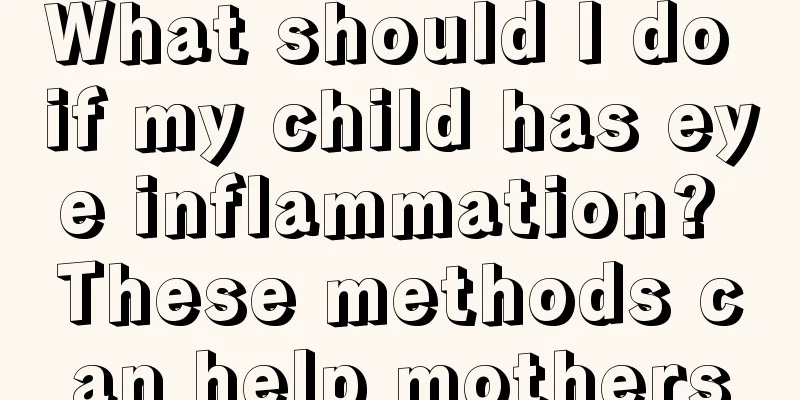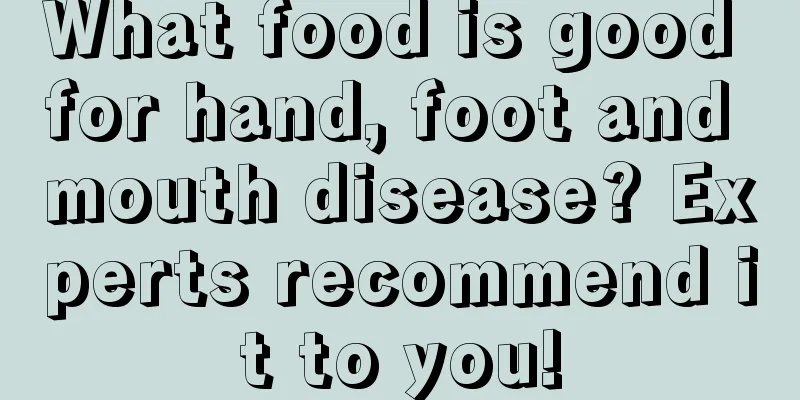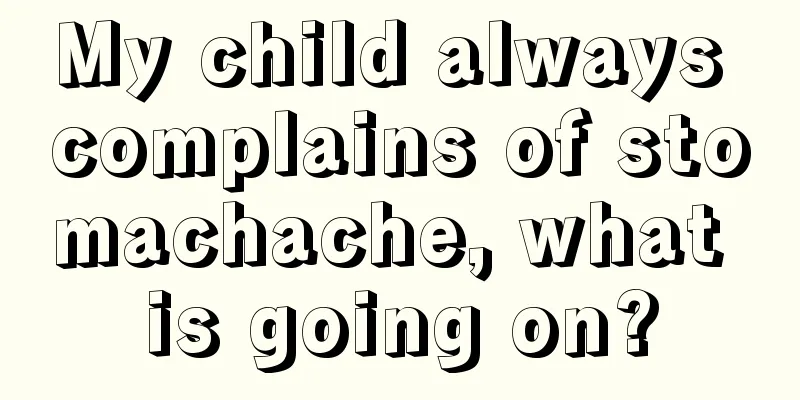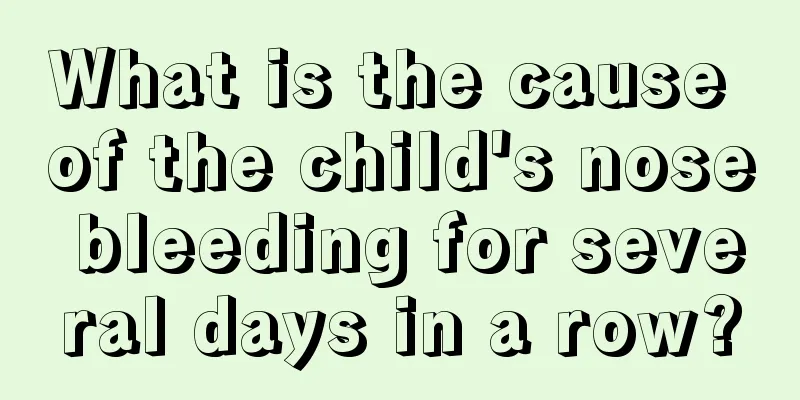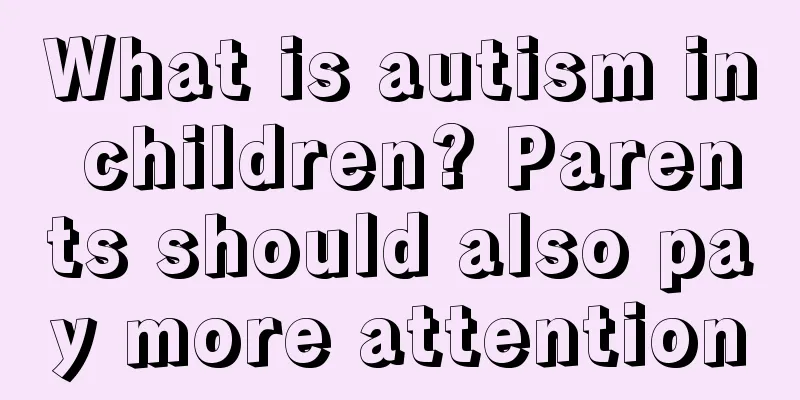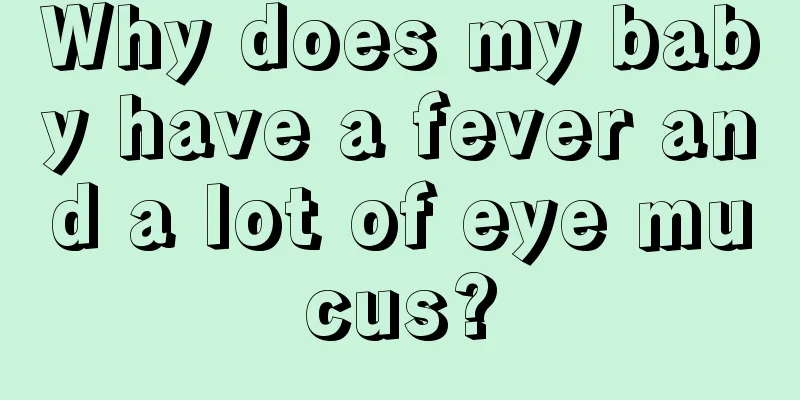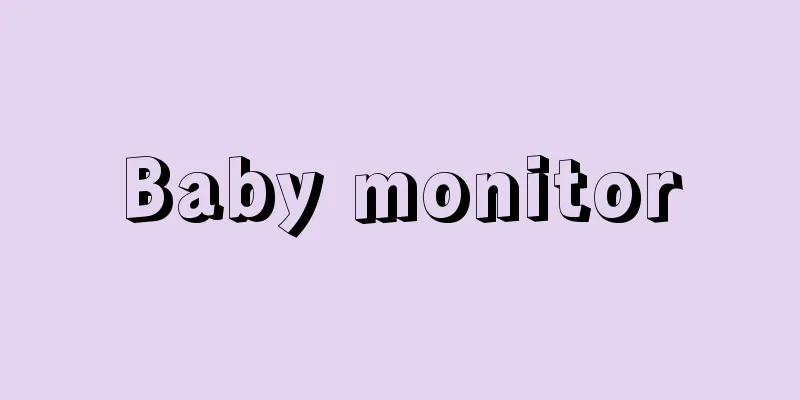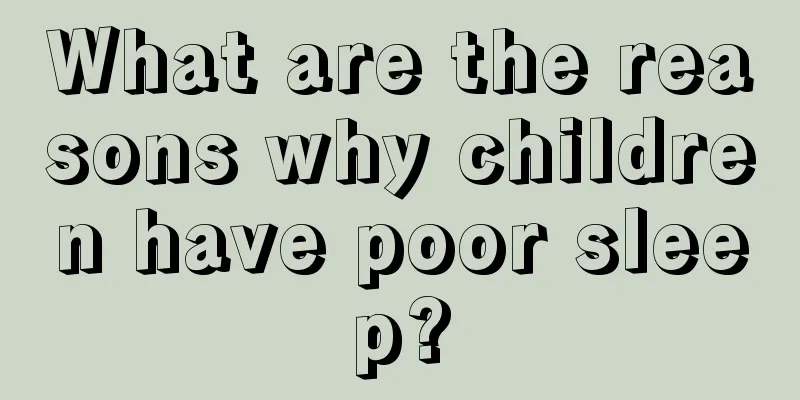Child convulsing and foaming at the mouth
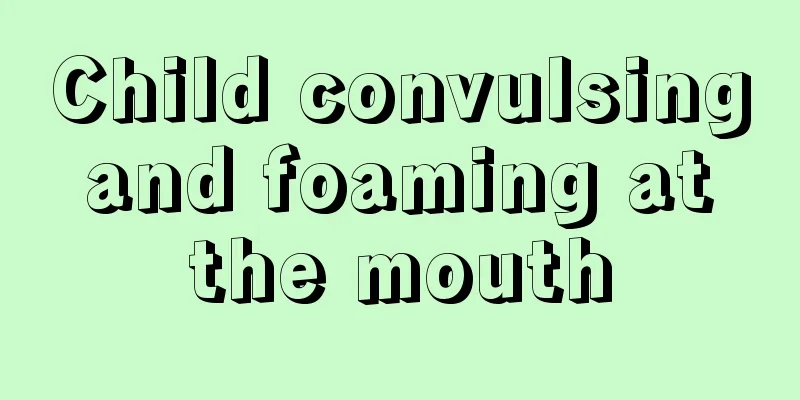
|
When a child has convulsions and foaming at the mouth, it is usually caused by epilepsy. If the child has such a situation. Parents must take their children to the hospital for examination and treatment to alleviate the condition. In addition, parents should also provide daily care for children with epilepsy in their daily lives, so as to prevent the onset of epilepsy in their children. Below is a detailed introduction to some knowledge on pediatric epilepsy. 1. Introduction to symptomsEpilepsy is a chronic, recurring syndrome of transient brain dysfunction. It is characterized by recurrent epileptic seizures caused by abnormal discharges of brain neurons. Epilepsy is one of the common diseases of the nervous system, and its prevalence is second only to stroke. The incidence of epilepsy is related to age. It is generally believed that the incidence rate is highest within 1 year old, followed by a gradual decrease after 1 to 10 years old. The male-to-female ratio in my country is 1.15:1 to 1.7:1. There was no significant difference in prevalence by race. 2. Clinical manifestations 1. Generalized tonic-clonic seizure (grand mal seizure) Refers to an attack of whole-body muscle twitching and loss of consciousness. Birth injuries, brain trauma, brain tumors, etc. are more common. Tonic-clonic seizures can occur at any age and are the most common type of seizure among all forms of epilepsy. Its typical attack can be divided into four clinical stages: prodromal stage, tonic stage, clonic stage, and recovery stage. During the attack, the EEG shows typical bursts of multiple spikes and spike-slow waves, and each spike-slow wave complex may be accompanied by muscle twitching. 2. Simple partial seizures It refers to the symptoms corresponding to the function of local cortical discharges in the brain, including motor, sensory, autonomic, mental symptoms and signs. They were divided into four groups: ① with motor symptoms; ② with somatic or special sensory symptoms; ③ with autonomic nervous system symptoms and signs; ④ with mental symptoms. 3. Complex partial seizuresIt is also commonly called a psychomotor seizure, accompanied by impaired consciousness. Auras often occur before or when consciousness is about to be lost, so the patient can still recall it after the attack. 4. Absence seizures (petit mal seizures) It typically presents with a transient loss of consciousness without premonitory or postictal symptoms. 5. Status epilepticus It refers to a single epileptic seizure that lasts more than 30 minutes, or epileptic seizures that occur frequently, so that the patient has not fully recovered from the previous seizure and another seizure occurs, with a total duration of more than 30 minutes. Status epilepticus is a medical emergency that requires emergency treatment.
1. To prevent the occurrence of epilepsy, a detailed family investigation should be conducted to understand whether the patient's parents, siblings, and close relatives have epileptic seizures and their characteristics. For some serious genetic diseases that can cause mental retardation and epilepsy, prenatal diagnosis or neonatal screening should be performed to decide on termination of pregnancy or early treatment. Preventing delivery accidents. Neonatal birth trauma is one of the important causes of epilepsy. Avoiding birth trauma is of great significance in preventing epilepsy. 2. Epilepsy patients should be diagnosed promptly and treated early. The earlier the treatment, the smaller the brain damage, the fewer relapses, and the better the prognosis. Eliminating or alleviating the primary diseases that cause epilepsy, such as intracranial space-occupying diseases, metabolic abnormalities, infections, etc., is also of great significance for cases of recurrent seizures. 3. Epilepsy is a chronic disease that can last for years or even decades, and can therefore have serious adverse effects on the patient's physical, mental, marital, and socioeconomic status. The misfortunes and setbacks that patients experience in family relationships, school education and employment, as well as restrictions on cultural and sports activities, can not only cause patients to feel ashamed and pessimistic, but can also seriously affect their physical and mental development. This requires all sectors of society to understand and support epilepsy patients. |
<<: The child foams at the mouth and snores while sleeping
>>: My child's urticaria keeps recurring
Recommend
The reason why children's teeth turn black
Teeth are the most critical body element for a pe...
Why are baby's gums white?
Many parents will notice that their baby’s gums a...
Why does a one and a half year old baby cry when sleeping at night?
Many parents are annoyed when their babies cry fr...
What should I do if my child has lymph node disease?
There are many different lymphatic tissues distri...
What causes babies to sweat while sleeping?
In our lives, people will have different physiolo...
What are some tips for treating a baby’s severe cough?
Babies are very prone to coughing. For example, t...
Children's mouth blisters
Most babies usually don't like to eat vegetab...
What should I do if my baby is allergic to milk?
Allergy is a very common phenomenon. Generally sp...
What are some tips on how to teach your baby to walk?
When babies learn to walk, parents feel very happ...
How to treat tooth decay in children
For children, if they do not pay attention to ora...
What to do if your baby's fingers are red and swollen
When babies are still relatively young, they like...
What to do if your child has bronchitis? This is scientific therapy!
Viral and bacterial infections can cause pediatri...
Symptoms of worsening neonatal jaundice
Neonatal jaundice is a very common disease in new...
What causes blue eye sockets in newborns?
We all know that it takes a woman ten months of p...
What is the importance of breakfast for students?
Many parents think that getting up in the morning...

